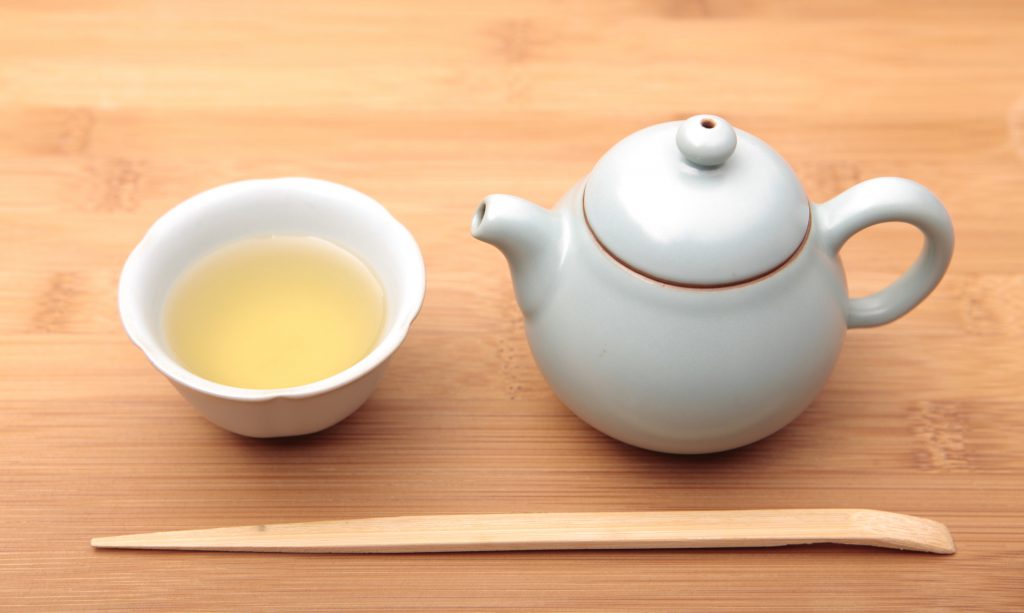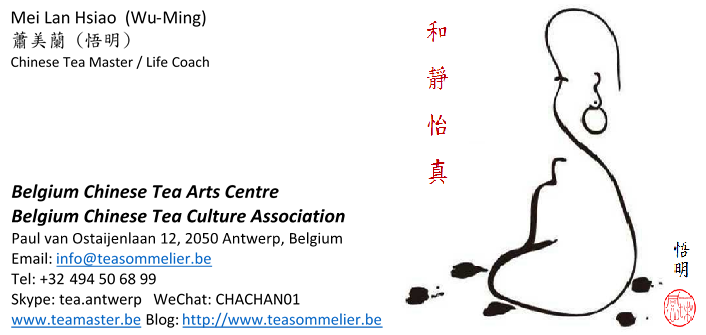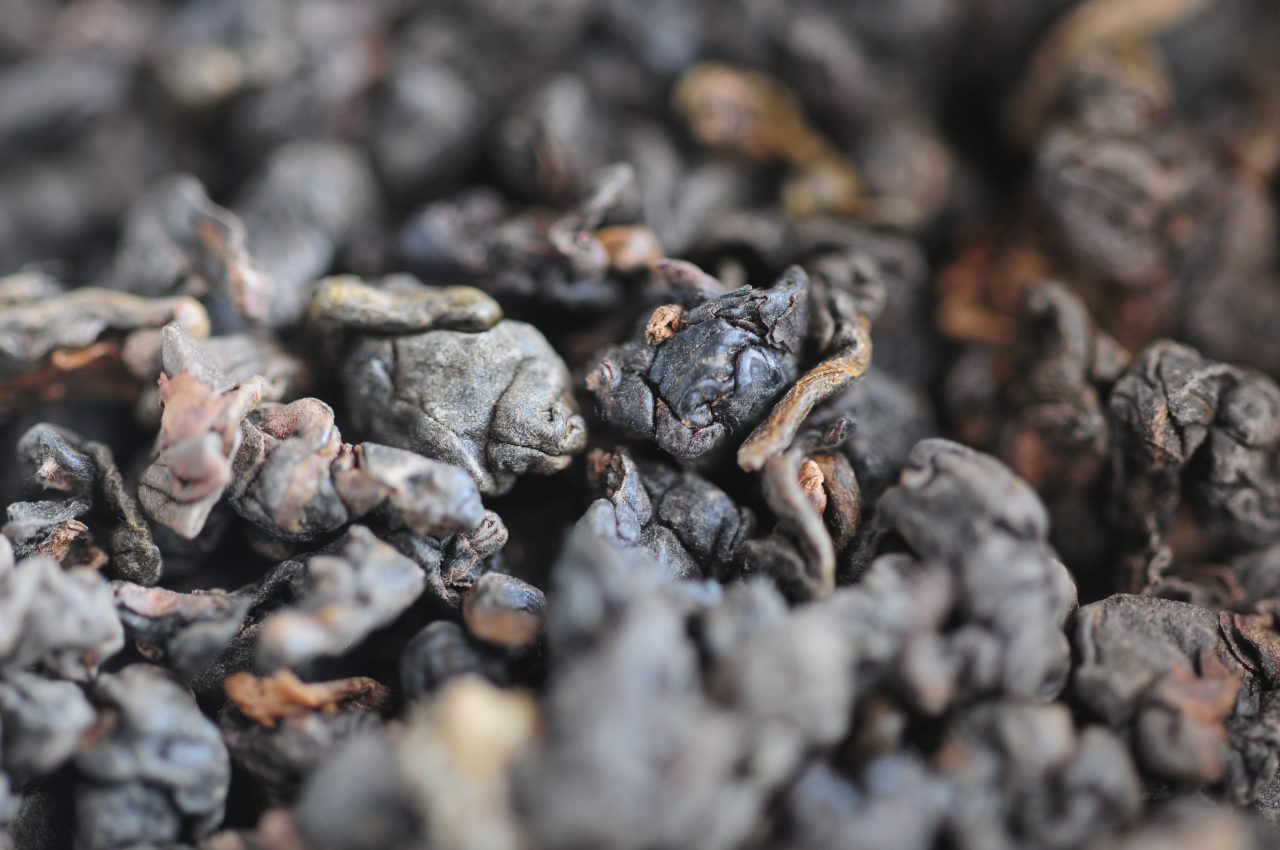Oolong is an unique tea type which is also known as ‘Qing Cha青茶” in Chinese , inFrench they translate “Qing” to “bleu”, therefore in Europe, some people know it as “thé bleu”. But if you search the color definition of “Qing 青” on Google, then you will get series of color from green to blue. Instead of “Blue-Bleu”, the color definition of “Cyan” would be more close to the color of Oolong.
 “Qing 青” also implies the meaning of life, also is the symbol of “Spring” in Chinese culture.
“Qing 青” also implies the meaning of life, also is the symbol of “Spring” in Chinese culture.Comparing with other tea types, Oolong is the youngest in the tea family but it has the most sophisticated requirements from tea tree cultivars, oxidation, fermentation and roasting processes.
Actually the color of Oolong has nothing to do with “Blue – Bleu”. The color of dried leaves shoul be Olive green to dark olive green or even dark grey green and the color of tea lique is from yellowish amber to rich amber, subject to the level of fermentation and with or without wood-fire roasting. Multiple layers of flavours and taste, especially the after-taste somewhat driness reaction and stimulate of lymph secretion, are something unique that we should expect from good quality of Oolong tea.
Whether you call it Oolong or Thé Bleu, it is important to recognize that
- the Oolong is an unique type of tea from China.
- The oxidation, fermentation and roasting processes in Oolong create a lot of interesting and diversed flavours and tastes.
- Now many other tea regions in the world try to duplicate the Oolong process. However, it is possible to transplant tea trees, can even learn and copy the process, but it is not possible to duplicate how the flavours and taste are transformed from the unique micro-environment, weather, surounding biological environment and accumulated experience from China, Fujian, Guangdong and Taiwan.
But is it ‘half fermentation’ already mean it is an Oolong? The answer leaves to those who know which type of tea tree cultivars and type of flavours and tastes to expect from various Oolong teas.

You can transplant the tea tree
You can learn and copy the process
but still,
you can’t duplicate how the flavour and taste from the micro- & bio environment, weather and accumulated wisdom in Oolong processes.
You can learn and copy the movement
You can perform the tea ceremony
but still
you can be far from Dao, without knowing how to implement the essence in life


Leave a Reply
You must be logged in to post a comment.